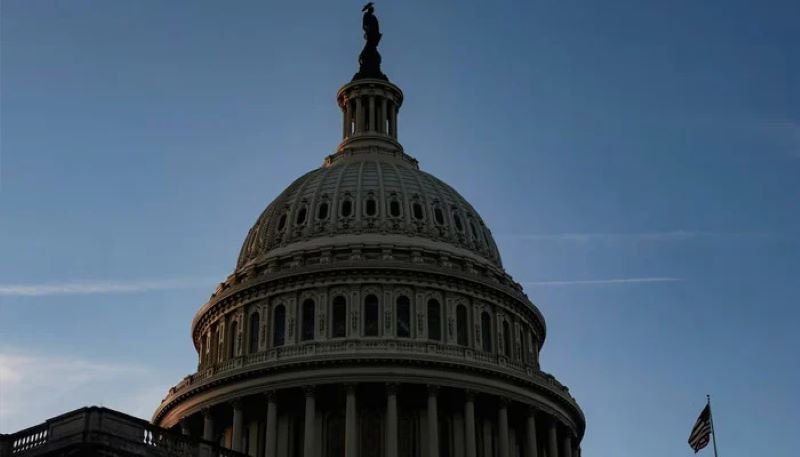Washington (TDI): The US government shutdown entered its third day Friday after the Senate again failed to approve competing plans to restore funding, while President Donald Trump’s administration escalated pressure tactics by freezing $2.1 billion earmarked for Chicago’s transit system.
The latest Senate vote ended 54-44, falling short of the 60 votes needed to move forward. With lawmakers set to adjourn until Monday and the House of Representatives out next week, the shutdown is now certain to extend into at least its fourth day.
At the same time, the White House confirmed that funding for Chicago’s elevated train lines had been halted. Budget director Russ Vought said the freeze was intended to prevent money from “flowing via race-based contracting.”
The move is part of a broader campaign by Trump to withhold funds from Democratic-run cities and states. The administration has already suspended at least $28 billion in projects nationwide and is considering further cuts, including to Portland, Oregon.
Read More: US House Passes Bill to Prevent Shutdown
Illinois Governor J.B. Pritzker blasted the freeze, calling it “hostage-taking” and warning that it would damage the state’s economy and hurt workers who rely on public transit. Trump, who has often singled out Chicago for criticism, has also threatened to deploy National Guard troops to the city.
The freeze comes as Republicans and Democrats remain at odds over conditions for reopening the government. Democrats insist any deal must include an extension of pandemic-era healthcare subsidies that are set to expire in December, while Republicans want that issue handled separately.
Trump has also threatened further cuts to federal agencies and floated firing more civil servants. According to one White House source, dozens of departments have already submitted plans for workforce reductions, Reuters reported.
Some Republicans have welcomed Trump’s hardball tactics. “Is he trying to apply pressure? He probably is, yeah. And I applaud that,” said House Speaker Mike Johnson. But others, such as Senator Thom Tillis, warned that targeting Democratic cities was “creating a bad-faith environment” and complicating negotiations.
Read More: Trump Admin Slashes Clean Energy Projects, Freezes $18B NY Funding
The shutdown has frozen roughly $1.7 trillion in government operations, about one-quarter of annual federal spending. Already, paychecks for some 2 million federal workers have been halted, research projects suspended, and the release of the monthly US unemployment report canceled.
If it continues into mid-October, the shutdown could disrupt air travel, food aid, and even force federal courts to close. Workers would miss their first paycheck that month.
The standoff is now on course to become one of the longest shutdowns in US history. The record, 35 days, was set during Trump’s first term in 2018–2019.



